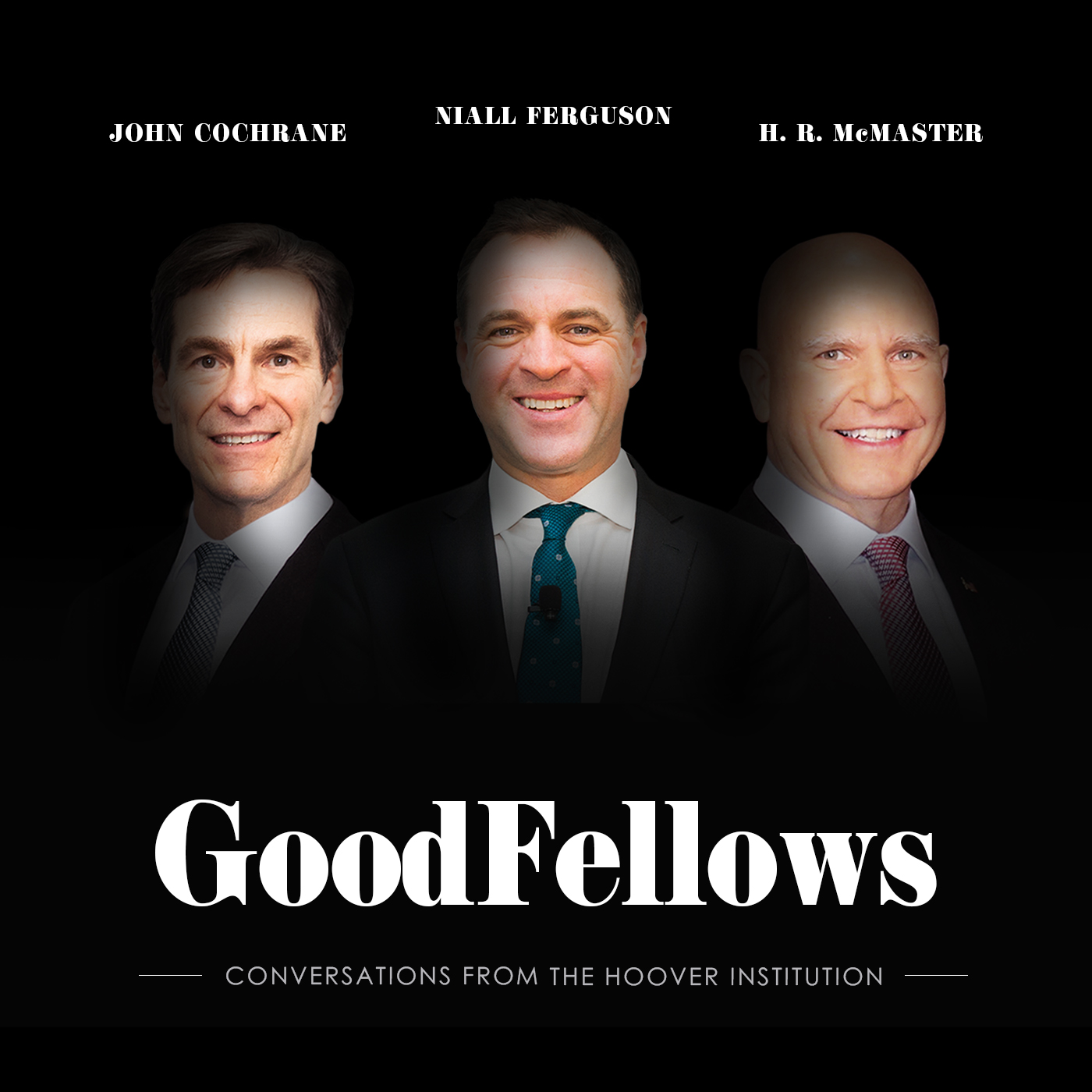
The Leadership Drip
Welcome to The Leadership Drip Podcast. This weekly podcast will bring you timely leadership knowledge. You can find more about me in the following places:
Website: https://theclaygreene.com
LinkedIn: https://www.linkedin.com/in/theclaygreene/
Facebook: https://www.facebook.com/TheLeadershipDripPod/
Instagram: https://www.instagram.com/claygreene1977/
X: https://x.com/LeaderDripPod
Help support the page by sharing with all your friends or family!
You can also support what I am doing here by purchasing any products from my affiliate links on Amazon here: https://theclaygreene.com/products/
If you are a new leader, I highly recommend that you download my free "New Leader Planning Guide" that will help you in saving valuable time by gaining greater focus. You can find that by following this link: https://leadershipdrippod.ck.page/7db8d28aa2
The Leadership Drip
The Law of Timing from the 21 Irrefutable Laws of Leadership
Welcome to The Leadership Drip podcast! This weekly podcast will bring you timely knowledge that will help you advance to higher levels of leadership. Whether your business is large or small, the information you will gain here and in my corresponding blog will help your business. You can find more about me in the following places:
Website: https://theclaygreene.com
LinkedIn: https://www.linkedin.com/in/theclaygreene/
Facebook: https://www.facebook.com/TheLeadershipDripPod/
Instagram: https://www.instagram.com/claygreene1977/
X: https://x.com/LeaderDripPod
Help support the page by sharing with all your friends or family!
You can also support what I am doing here by purchasing any products from my affiliate links on Amazon here: https://theclaygreene.com/products/
If you are a new leader, I highly recommend that you download my free "New Leader Planning Guide" that will help you in saving valuable time by gaining greater focus. You can find that by following this link: https://leadershipdrippod.ck.page/7db8d28aa2
Hello and welcome, everyone, to another episode of The Leadership Drip! I’m your host, Clay Greene, and I’m happy to be back with you again today. On today’s episode, we are continuing with the 21 Irrefutable Laws of Leadership, and today's law is the Law of Timing. So let's dig into this.
The principle teaches us that knowing when to act is just as important as knowing what to do or where to go. Let's start by unpacking what the Law of Timing really means. At its core, the law suggests that the success of a leader's actions often hinges on when those actions are taken. It's not just about making the right decision; it's about making the right decision at the right time.
Imagine you're a surfer waiting to catch the perfect wave. You can have the best surfboard, the most polished technique, and years of experience. But if you don’t time your move correctly—if you paddle too early or too late—you’ll miss the wave entirely. Leadership is a lot like that. The best ideas and strategies can fall flat if the timing just isn’t right.
So why is timing so crucial in leadership? Let’s look into it. Opportunities are very time-sensitive. Many opportunities in business, politics, or any field of leadership have a limited window. Strike too early, and you might not have the resources or the support you need. Wait too long, and the opportunity may pass you by and be seized by somebody else. Context matters. What works perfectly in one situation might fail miserably in another simply because the timing is off. A great idea introduced at the wrong time can be perceived as irrelevant or even detrimental.
Make sure your momentum is your key. Timing can help you build and maintain momentum. When your time and your actions are right, one success can lead to another, creating a positive cycle of achievement. Timing also affects perception. The timing of your actions can greatly influence how they’re perceived by others. A decision that might be seen as bold or decisive at one moment could be viewed as reckless and premature at another.
Now that we understand why timing is so important, let’s take a look at two extremes that leaders often fall into when it comes to timing: acting too quickly or waiting too long.
The perils of hasty action—acting too quick without proper consideration of timing—can lead to numerous problems. Incomplete information: If you don’t have the right information, rushing into decisions often means you haven’t gathered the right information. This can lead to poor choices based on partial understanding. Lack of preparation: Hasty action means your team or your resources aren’t fully prepared, setting you up for failure from the start. Resistance: If you move too quickly, you might not have had the time to build the support for your ideas, leading to resistance or a lack of buy-in from your team and stakeholders. Missed opportunities: Acting too quickly on one opportunity might cause you to miss out on better opportunities that were just right around the corner.
On the flip side, waiting too long to act can be equally problematic. Missed opportunities: Hesitation can cause you to miss crucial windows of opportunity that may not come again. Loss of momentum: If you wait too long, any momentum or enthusiasm for an idea or project can wane, making it harder to get things moving when you finally decide to act. Competitive disadvantage: In many fields, being first to market or first to act can provide a significant advantage. Waiting too long can allow competitors to get ahead of you. Decreased relevance: In our fast-paced world, ideas and solutions can quickly become outdated. Waiting too long might just mean that your great idea is no longer relevant or innovative by the time you implement it.
So how can leaders master the art of timing? Here are a few strategies. Develop situational awareness: Great timing comes from a deep understanding of your environment. Stay informed about your industry, your organization, and the broader context in which you operate. Read widely, network actively, and always be learning. Listen to your team: Your team members often have valuable insights into timing. They’re the ones on the ground, dealing with day-to-day realities. Create an environment where they feel comfortable sharing their thoughts on when or where to move forward with initiatives. Be patient but stay ready: Patience is a virtue in leadership, but it doesn’t mean inaction. Use periods of waiting to prepare, gather resources, and build support. That way, when the right moment comes, you’re ready to seize it. Learn from past experience: Reflect on your past successes and failures. Were there times when your timing was off? What can you learn from those experiences? Use these insights to refine your sense of timing. Develop flexibility: Sometimes, you’ll need to adjust your timing on the fly. Cultivate the ability to pivot quickly when circumstances change. This flexibility can help you capitalize on unexpected opportunities or avoid unforeseen pitfalls. Trust your instincts: While data and analysis are important, don't discount your feelings. Experienced leaders often develop a sixth sense for timing. Trust it, but always be ready to back it up with solid reasoning. Create timelines and milestones: For major initiatives, create detailed timelines with clear milestones. This can help you stay on track and identify the right moments to launch different phases of your plan. Consider multiple perspectives: Before making a time-sensitive decision, consider how it will impact different stakeholders. This broader perspective can help you choose the most opportune moment to act.
So let's look at some real-world examples of how timing has played a crucial role in leadership. Steve Jobs and the iPhone: When Apple introduced the iPhone in 2007, the timing was perfect. The technology had advanced enough to make a powerful, user-friendly smartphone possible, but the market wasn’t yet saturated. Jobs' sense of timing helped Apple revolutionize the mobile industry. Nelson Mandela and his leadership: Mandela’s patience during his 27 years in prison and his timing in negotiating with the apartheid government were crucial in bringing about peaceful change in South Africa. He knew when to resist, when to negotiate, and when to reconcile. Amazon’s expansion: Jeff Bezos timed Amazon’s expansion perfectly. He started with books, then gradually expanded into other product categories as the company grew and e-commerce became more widely accepted. This careful timing allowed Amazon to grow sustainably and become the e-commerce giant it is today.
These examples show how masterful timing can lead to transformative leadership. But what about those times when the timing just didn’t go right?
Here are a few cautionary tales. Kodak’s digital miss: Kodak actually invented the first digital camera back in 1975. However, they failed to capitalize on this invention, fearing it would cannibalize their film business. By the time they decided to embrace digital photography, it was already too late. Their timing failure led to the downfall of a once-dominant company. Google Glass: Google’s wearable technology was arguably ahead of its time. Launched in 2013, it faced numerous privacy concerns and wasn’t well-received by the public. The timing just wasn’t right. The market wasn’t ready for such a device, and the technology wasn’t quite there yet.
These examples highlight how even great ideas can fail if the timing isn’t right.
Now, let’s address a common question: Can timing be learned, or is it an innate skill? The truth is, it’s a little bit of both. Some people have a natural sense of timing, but like any skill, it can be developed and refined.
Here are a few ways you can improve your sense of timing. Study market trends: Regularly analyze trends in your industry and the broader economy. This can help you anticipate changes and time your actions accordingly. Seek mentorship: Find a mentor with a track record of good timing. Their experience can provide valuable insights and help you develop your own sense of timing. Practice mindfulness: Being present and aware can sharpen your ability to read situations and make timely decisions. Mindfulness practices can help you develop this skill. Conduct postmortems: After each major decision or action, conduct a thorough review. Analyze whether the timing was right and why. This reflection can help you refine your timing for future decisions. Diversify your information sources: Don’t rely on a single source of information; diversify your inputs to get a more comprehensive view of your environment. This can help you spot opportunities or threats that others may miss.
It’s also important to note that timing isn’t just about when to act; it’s also about the pace of your actions. Sometimes, success comes from moving quickly and decisively. Other times, a slow, measured approach is best. Part of mastering the Law of Timing is learning to gauge not just when to move, but how fast to move.
Remember, timing in leadership isn’t about perfection. Even with the best analysis and instincts, you won’t always get it right. The goal is to improve your timing over time, learning from both your successes and your missteps.
So, as we start to wrap up today, the Law of Timing reminds us that in leadership, when you do something can be just as important as what you’re doing. It’s about striking when the iron is hot, but also knowing when to hold back and wait for the right moment. It’s about reading the room, understanding the context, and having the courage to act when the time is right.
As you continue your leadership journey, pay attention to timing. Reflect on your past decisions. Were there times when your timing was off? How could you have timed things a little better? Use these reflections to sharpen your sense of timing going forward. Keep in mind, great leaders aren’t just defined by their actions, but by their ability to take the right actions at the right time. They understand that timing can turn a good idea into a great one or cause a great idea to fail.
Thanks again for tuning in to this episode of The Leadership Drip. I hope you’ve found this exploration of the Law of Timing valuable. If you’re enjoying the podcast, please subscribe and leave a review. I’d love to hear your thoughts. Until next time, I’m Clay Greene. Keep leading, and keep learning.















